For the longest time I had a fear of cooking with yeast. I eventually took a cooking class at Viking (as in the cooking ranges) and felt pretty good – enough that I was able to make homemade focaccia without any problem. It still seemed like a lot of work – kneading, waiting for it to rise once or twice, etc. and no guarantee that I would make bread that people would be excited about. Then one night a few years ago it all changed. We invited Sharon and Frank P to dinner at our house. I received a sweet email a few days prior to dinner – Sharon asking what they could bring. She suggested wine, dessert, salad or homemade bread. I thought, who offers to spend that much time making homemade bread? So, I asked if it was relatively easy to make the bread and Sharon said super easy, so I said bring the bread! And, boy was I glad that I did – Ed and I tried the bread and were instantly converted.
The secret? Artisan Bread in Five Minutes a Day: The Discovery That Revolutionizes Home Baking by Jeff Hertzberg, M.D. and Zoë François. Don’t take the title too literally – it’s an accurate description of “active time.” Five minutes to mix the ingredients and five minutes to shape the dough. The remaining time is “inactive” or baking time. It really doesn’t get any easier. And, the result? Really good bread that your family and friends will think you bought at the corner bakery.
Jeff and Zoë provide options to use a food processor, stand mixer or a spoon (with some help from your hands) to mix the ingredients. The “no machine” method is my favorite as there’s less clean up. For this recipe the dough will keep for 14 days in your refrigerator so you can make a few fresh loaves. For ease, I like to make them all at once and then freeze what we don’t eat fresh. I’m able to fit two round loaves on my rectangular baking stone.
Below is my favorite “go-to” recipe. Once you try this and you’re hooked (I know you will be), I highly recommend getting one or all of their books (I have all three). They all follow the same easy method. Learn more at Bread in 5.
P.S. Since writing this post, Jeff and Zoë have updated their original book with improvements and tips to the recipes based on what they’ve learned in the last six years (and two additional cookbooks). Plus, they added a chapter of gluten-free recipes along with many other new recipes. I’m looking forward to checking out The New Artisan Bread in Five Minutes a Day: The Discovery That Revolutionizes Home Baking.
| European Peasant Bread | | Print |
- 3 cups lukewarm water (about 100°F/body temperature)
- 1½ tablespoons granulated yeast (2 packets)
- 1½ tablespoons Kosher salt
- ½ cup rye flour
- ½ cup whole wheat flour
- 5-1/2 cups unbleached all-purpose flour (if using King Arthur flour, use 5-1/4 cups)
- Cornmeal for the pizza peel or parchment paper - note
- Thermometer
- 5 quart plastic container with lid
- Pizza peel (metal or wood)
- Baking stone
- Lame bread slashing tool (optional)
- Spoon/Hand Method: Mix yeast, salt and water in a 5-quart plastic container with lid. Add the rye, whole wheat and all-purpose flours and mix without kneading using a spoon. You may need to use wet hands to incorporate the last bit of the flour. Cover (not airtight) and rest it at room temperature until the dough rises and collapses, about 2 hours. Refrigerate the dough and use over the next 14 days (you can use the dough immediately but it’s easier to work with when cold – I recommend at least one hour in the refrigerator if you have the time).
Stand Mixer/Food Processor Method: Using a stand mixer fitted with a dough hook or a 14-cup food processor with dough attachment, mix yeast, salt and water in a 5-quart plastic container with lid. Add the rye, whole wheat and all-purpose flours and mix without kneading. Transfer dough to 5-quart plastic container with lid. Cover (not airtight) and rest it at room temperature until the dough rises and collapses, about 2 hours. Refrigerate the dough and use over the next 14 days (you can use the dough immediately but it’s easier to work with when cold – I recommend at least one hour in the refrigerator if you have the time).
- Dust the surface of the dough with flour and use a serrated knife to cut off a 1-pound piece (about the size of a grapefruit). Dust with more flour and quickly shape it into a ball by stretching the surface of the dough all around to the bottom on all four sides, rotating the ball a quarter-turn as you go. It should be smooth on all sides. Allow dough to rest and rise on a cornmeal or parchment paper covered pizza peel for 40 minutes.
- About 20 minutes before baking, set a baking or pizza stone in the center of the oven and preheat it to 450°F. Also, place an empty broiler tray on a different oven rack.
- Before the bread goes into the oven, sprinkle the dough liberally with flour and use a serrated knife or lame bread slashing tool to cut slits or “scallops” (think tic-tac-toe) across the top. Leave the flour in place for baking. Slide the dough onto the baking stone and pour 1 cup of hot water into the broiler tray. Quickly close the oven door.
- Bake until the crust is browned and firm, about 35 minutes. If you’re using parchment paper, remove the paper from the oven after 25 minutes. Smaller or larger loaves will require some adjustment in baking time.
- Allow to cool before slicing or freezing.
* Yeast: I use Active Dry Fleischmanns Yeast
* Cornmeal or Parchment Paper: I prefer parchment paper as it’s easier to use and I don’t get cornmeal all over the bottom of my oven.
* Recipe can be easily be cut in half or doubled. You can make larger loaves – just increase the cooking time.
* Bread freezes well. Wrap in aluminum foil and a ziplock bag.
Source: Adapted from Jeff Hertzberg, M.D. and Zoë François’ Artisan Bread in Five Minutes a Day: The Discovery That Revolutionizes Home Baking (2007)
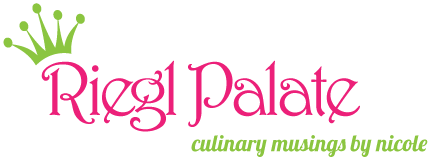

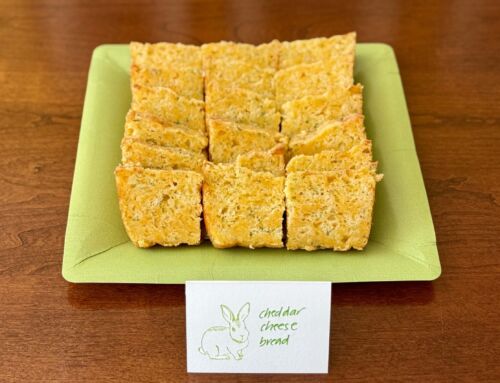
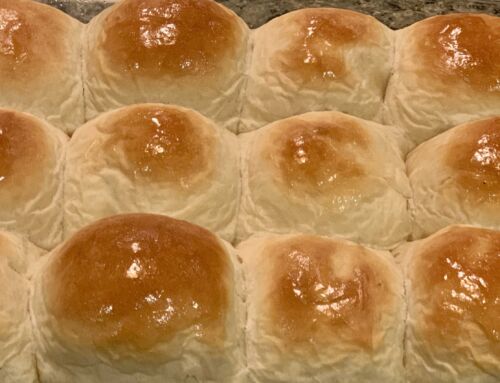
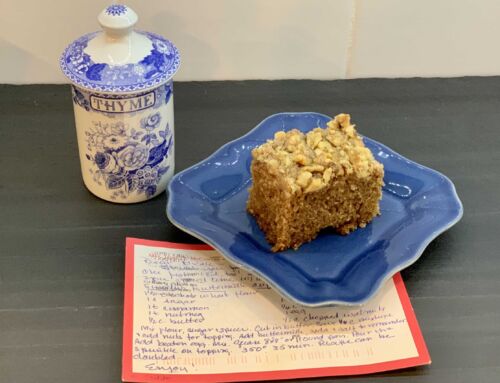
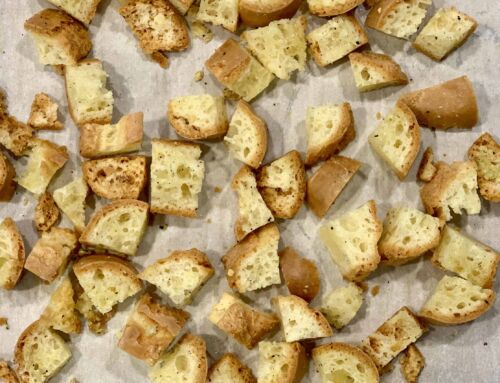
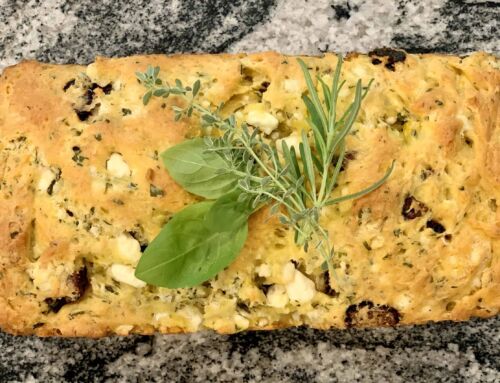
This does sound amazing. I was wondering what flours would be used to get such a European flavor. Another loaf I have come to love is this no-knead bread. It is almost like cheating. http://www.cocoaandlavender.blogspot.com/2012/03/i-dont-knead-you.html I love sharing these kinds of recipes – and as soon as I am back from Venice, I will be making your peasant bread so I can pretend I am back in Europe! ~ David
I will check out your no-knead bread. So jealous you are in Venice – looking forward to a post or two about your food adventures! Travel safely and have fun.
We made this and followed the recipe exactly and it never rose at all. Flavor was good but didn’t rise as the recipe said it would and we even gave it extra rising time so we just completed with forming and the baking. We are looking for a different recipe
Lisa D – I am very sorry to hear that this recipe didn’t work for you. It’s a tried and true one in our house. I hope you’re able to find another one that works.